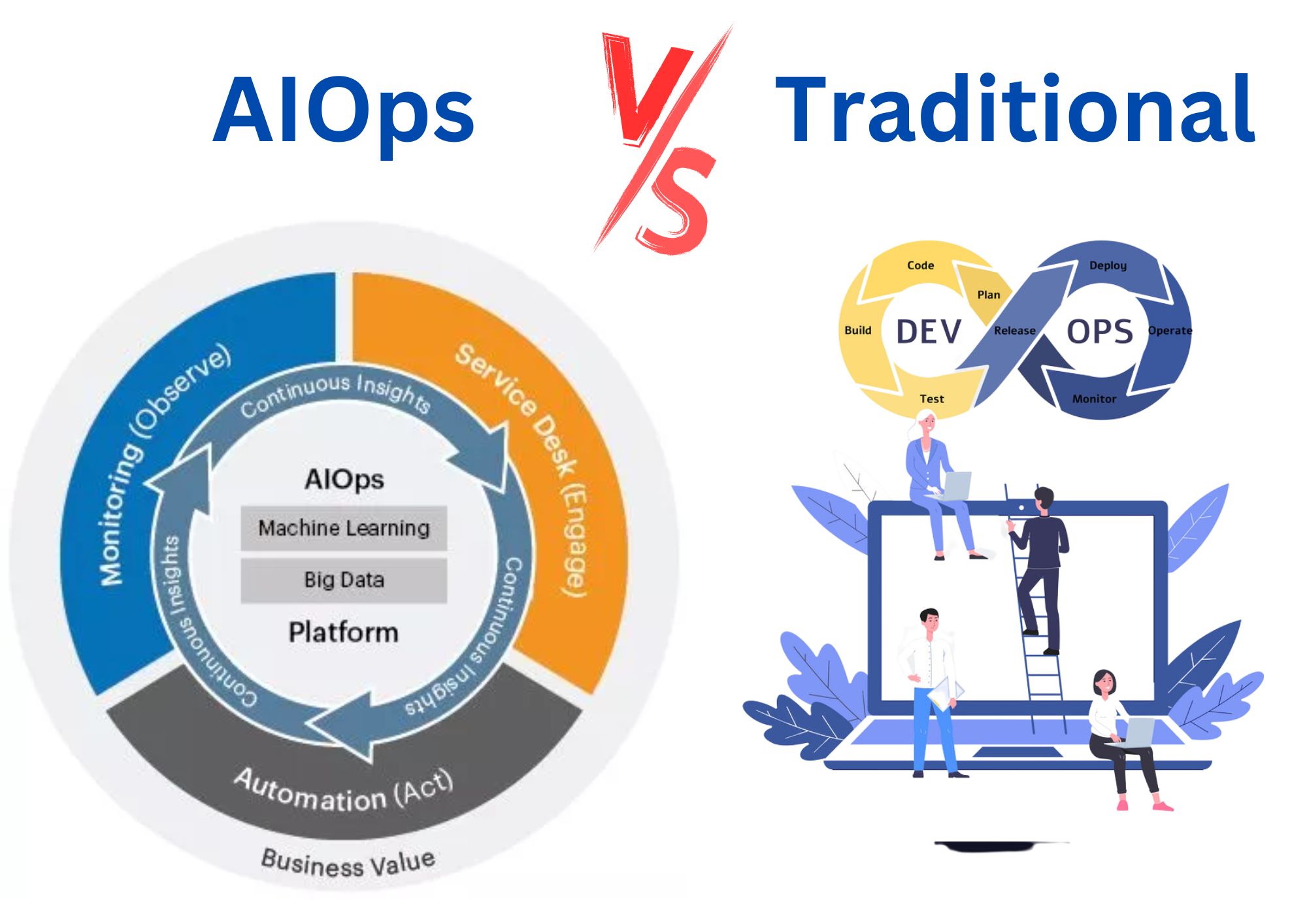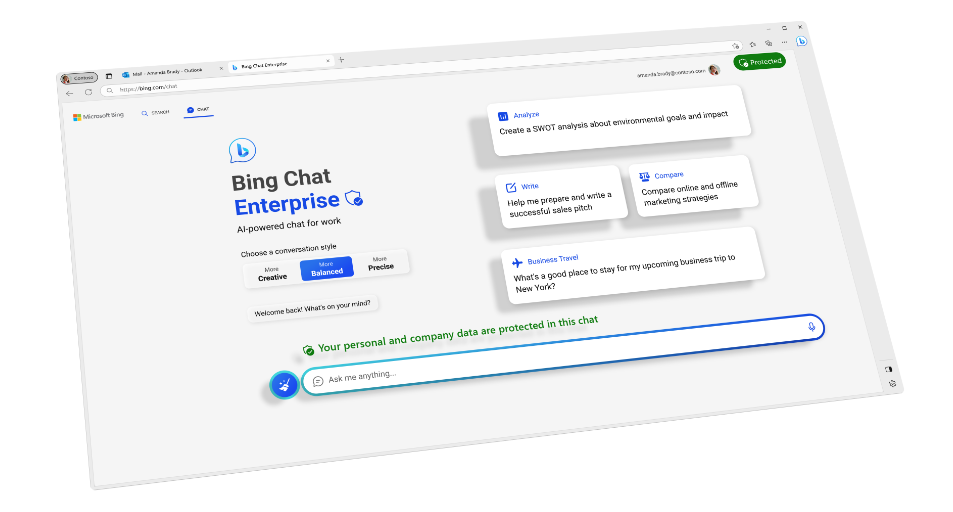Artificial Intelligence for IT Operations (AIOps) is rapidly becoming the go-to solution for modern IT organizations. But what makes AIOps stand out from traditional IT operations?
In this article, we’ll discuss five key differences between the two approaches that you can’t ignore. 😊
Let’s dive right in!
Data Analysis: Intelligent Automation vs. Manual Labor 🤖
AIOps: AIOps platforms use artificial intelligence and machine learning to analyze vast amounts of data in real-time. These systems can detect patterns and anomalies that would be impossible for a human to spot. With AIOps, you can expect improved efficiency, reduced downtime, and more accurate decision-making.
Traditional IT Operations: In contrast, traditional IT operations rely on manual labor to sift through data. This approach is time-consuming and prone to human error. Insights and patterns may be missed or overlooked, leading to longer downtimes and less effective management.
Proactive vs. Reactive: Predicting the Future 🔮
AIOps: A key feature of AIOps is its ability to predict and prevent potential issues before they occur. Using advanced algorithms, AIOps platforms can identify trends and anticipate problems, allowing IT teams to take proactive measures and minimize the impact of incidents.
Traditional IT Operations: Traditional IT operations tend to be more reactive, dealing with issues as they arise. This approach can lead to increased downtime and higher costs, as teams scramble to resolve problems without the benefit of foresight.
Integration and Scalability: A Seamless Approach 🌐
AIOps: AIOps platforms are designed to integrate seamlessly with existing IT infrastructure, making it easier to incorporate new tools and technologies. AIOps can also scale with your organization as it grows, ensuring that your IT operations remain efficient and effective.
Traditional IT Operations: Traditional IT operations may struggle to integrate new tools and technologies, leading to siloed data and disjointed workflows. Scaling can also be challenging, as legacy systems may not be able to handle increased demand.
Collaboration and Communication: A United Front 🤝
AIOps: AIOps promotes collaboration and communication between IT teams, as well as with other departments within an organization. By breaking down silos and encouraging cross-functional teamwork, AIOps helps organizations stay agile and responsive.
Traditional IT Operations: Traditional IT operations can be hindered by siloed data and communication barriers. This can lead to delays in resolving issues, as well as a lack of understanding of the overall IT landscape.
Continuous Improvement: Learning from Experience 🎓
AIOps: One of the most powerful aspects of AIOps is its ability to learn from experience. As AIOps platforms process more data, they become more effective at identifying patterns and making predictions. This continuous improvement helps organizations stay ahead of the curve and maintain a competitive edge.
Traditional IT Operations: Traditional IT operations may struggle to keep up with the rapid pace of change in the technology landscape. As new tools and technologies emerge, it can be difficult to adapt and stay current.
Conclusion
The differences between AIOps and traditional IT operations are clear: from intelligent automation to continuous improvement, AIOps offers a more efficient, proactive, and scalable approach to managing IT infrastructure. B
y embracing AIOps, organizations can stay ahead of the curve and transform their IT operations for the better. 🚀
Thank you for reading our blog, we hope you found the information provided helpful and informative. We invite you to follow and share this blog with your colleagues and friends if you found it useful.
Share your thoughts and ideas in the comments below. To get in touch with us, please send an email to contactus@bindspacetech.com.
You can also visit our website – Bindspace Technologies
FAQs
AIOps stands for Artificial Intelligence for IT Operations. It uses artificial intelligence (AI) and machine learning (ML) to automate and enhance IT operations processes. AIOps differs from traditional IT operations by leveraging AI and ML to analyze large volumes of data, predict and prevent issues, promote collaboration, and continuously improve IT operations efficiency. Traditional IT operations rely on manual labor and reactive problem-solving, making them less efficient and scalable.
AIOps helps reduce downtime by analyzing large volumes of data in real-time and identifying patterns and anomalies that might indicate potential issues. By predicting and preventing problems before they occur, IT teams can take proactive measures to minimize downtime and maintain system stability.
Yes, AIOps platforms are designed to integrate seamlessly with existing IT infrastructure and tools. This integration ensures that data can flow freely between different systems, allowing AIOps to provide valuable insights and automation across the entire IT environment.
AIOps can be beneficial for organizations of all sizes. While large enterprises might have more complex IT environments that require advanced analysis and automation, small and medium-sized businesses can also benefit from the efficiency and proactive issue resolution that AIOps offers.
No, implementing AIOps does not require a complete overhaul of existing IT operations. AIOps platforms are designed to integrate with existing IT infrastructure, allowing organizations to gradually transition from traditional IT operations to a more efficient, AI-driven approach.


